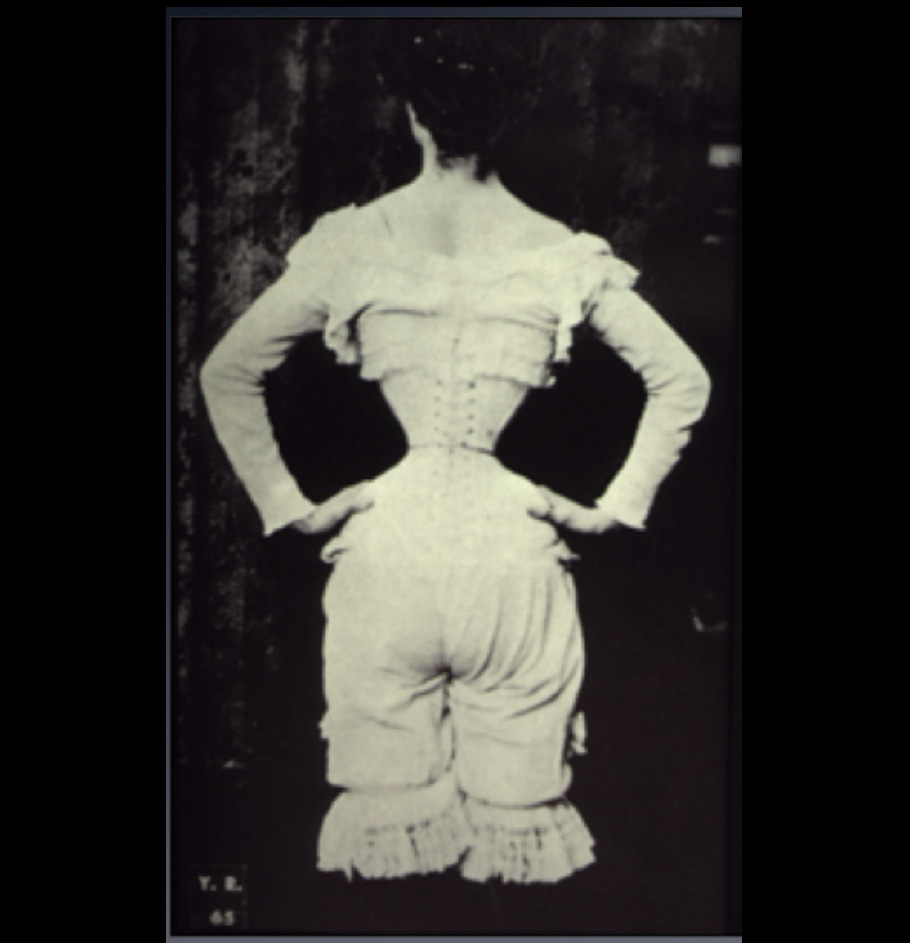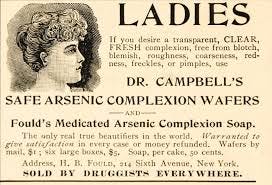Reading books from the 19th century, you get the impression that women were fainting at staggering rates. Overcome with emotion they spontaneously swoon onto the divan. A hotter than normal summer day, the lady collapses. Routine occurrences in the portraits of well-to-do society of the time.
Was it purely a literary device or was this a real phenomenon of the era? Evidence suggests maybe a little of both.
Mimicry
Fainting was so commonplace during Victorian times that many wealthy families included a Fainting Room in their homes. If someone felt the need to pass out during a soirée they could retreat to the privacy of the room and settle down on the couch.
Given that it was socially acceptable to faint, likely some women were doing it as a bit of an act. It was fashionable way to appear dainty and feminine. Give off the impression to others that you were a sensitive dove. In 1899, Steven Gwynn wrote an essay asserting that ladies were fainting to be like their favorite literary heroines.
You don’t find as many reports of fainting amongst the peasantry. Confronted with the hardships of life regularly, the peasant woman wouldn’t garner much sympathy from her peers fainting all the time. The swoon was reserved for the rich who liked to assume airs of being above unpleasantness.
I’d also presume that it was a desirable way to eject yourself from an uncomfortable situation. How many people would faint today if it was socially palatable? Imagine if a woman during a stressful work day could just collapse for a few hours without it causing a massive scene and potential unemployment.
Corsets
The fashionable corset of the time is another potential culprit for the fainting wave. Some took the tightlacing of corsets to the extreme. Sucking in their entire body to produce cartoonish hourglass figures. The Victorian Era version of “nothing tastes as good as skinny feels” was roping your innards to the point that eating and breathing became painful.
Over time the corset became more controversial as the health risks associated with it were publicized. Prolonged corset wearing was thought to have permanently altered the structure of the rib cage and positions of organs in women’s bodies.
The constriction of the lungs in particular could have driven women to passing out. In a situation where their heart rate got elevated from emotion or over-exertion they may have been physically incapable of breathing in enough oxygen to sustain consciousness.
Toxic Substances
It’s possible the folks of the 1800s were chronically poisoning themselves without even knowing it. By some estimates, 80% of the wallpaper was contaminated with arsenic. Doctors were befuddled for decades by patients' woes until they finally realized that maybe the beautiful walls were killing them.
An 1880 report discusses a woman who was troubled with a “fainting fits of almost daily occurrence”. Eventually her family moved her to a different room in the house that didn’t have poisonous fumes spraying out of the walls and she recovered in short order.
It wasn’t just limited to wallpaper. Arsenic was in clothing, decorations, fabrics, and paints. If you were person of means who had a lot of stuff you likely came in contact with it on regular basis. Cosmetics were often laced with dubious chemicals. Mercury, lead, arsenic, bismuth, copper, belladonna. A typical society woman was probably putting on a toxic cocktail of makeup on her face that occasionally caused allergic reactions.









You should do a post on Camila Giorgi. I was at the Australian Open and I watched her play - I've never seen men so mesmerized, and women so catty (cheering for her opponent) in my life.